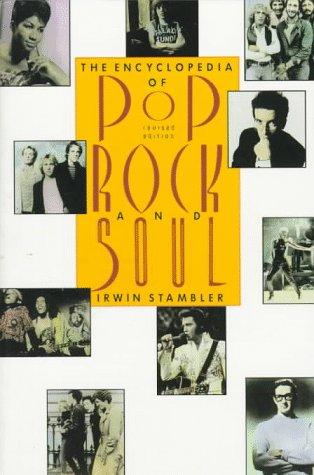ENCYCLOPEDIAS:
General Encyclopedias: Cover a wide range of topics and different audiences. For example, the World Book Encyclopedia is aimed at a young audience and has a simpler reading level and less detail while the Encyclopedia Britannica is written for a more mature audience and is written with much greater authoritativeness.
Subject Encyclopedias: Allow greater depth and specificity and more detailed entries on narrow topics. Examples: Encyclopedia of Pop, Rock, and Soul,  the Catholic Encyclopedia, or the Stanford Encyclopedia of Philosophy.
the Catholic Encyclopedia, or the Stanford Encyclopedia of Philosophy.
Wikipedia: Although its status as a credible source of information is tenuous, any discussion about information sources in this era cannot ignore Wikipedia, by far the most widely viewed central source of information about everything—excluding search engines—for Internet users.
DICTIONARIES: Since the communicator’s stock in trade often is the word, the usefulness of a dictionary may seem obvious. Just as with encyclopedias, not all dictionaries are the same. For instance, the Oxford English Dictionary is recognized as the most authoritative source for looking up the etymology, or origin and evolution, of words.
General Dictionaries: These are your standard dictionaries of words in use in a language.
Specialty Dictionaries: There are rhyming dictionaries, dictionaries of acronyms and abbreviations, anagram, and homophone dictionaries, to name a few of the many varieties.
Subject Dictionaries: Law, medical, science and technology, slang, engineering, biographical, music — these are some of the types of special dictionaries that deal specifically with the language of a discipline, science or topic.
DIRECTORIES: Among the most useful kinds of one-step tools in the library are directories. Whether it is a familiar telephone directory, the ZIP Code directory, or something a bit more esoteric — such as the Prairie Directory of North America — the directory is an important source of information for mass communicators.
Publication Directories: These will help you locate newspapers and magazines and broadcast outlets. The Gale Directory of Publications and Broadcast Media, for example, is organized by geographic area and by media outlet name. Market and economic data, summaries of population, statistics on agriculture and industry, and maps are included, making it of tremendous value for advertisers trying to identify how best to reach a particular community. The UMN library has a resource page on a number of these types of directories.
People Directories: Whether you are looking for a specific person whose name you already have or a particular type of person (an academic expert on nuclear power, the public information officer for the state Department of Education), directories are going to be the most useful starting points.
Institution Directories: As we’ve discussed, public-sector and private-sector institutions, scholarly organization and many other types of institutions generate important information for communicators. Using any of the directories that guide you to these institutions will help you identify the right organization and the appropriate people to contact.
ALMANACS AND YEARBOOKS: An almanac is an annual compendia of facts, figures, and tidbits of information.
General Almanacs: These cover popular information – such as The World Almanac or the Information Please Almanac.
Subject Specific Almanacs: The Almanac of American Politics, for example, compiles information or biographical data about a topic or person not included in more general almanacs.
Yearbooks: These are the year-end wrap up publications that cover the latest developments. The United States Government Manual publishes information on the activities, and chief officers of all agencies within the federal government. Many professions and industries also have yearbooks. For example, the newspaper industry has the Editor & Publisher Newspaper Data Book.
There are also subject-specific yearbooks, such as the Statesman’s Yearbook, the Europa World Year Book or the CIA World Factbook, which provide current information on countries and international organizations.


 the Catholic Encyclopedia, or the Stanford Encyclopedia of Philosophy.
the Catholic Encyclopedia, or the Stanford Encyclopedia of Philosophy.